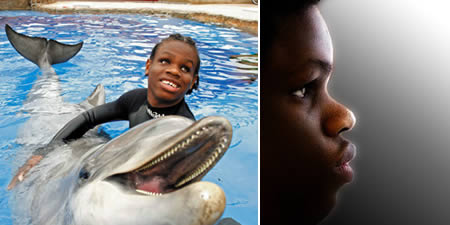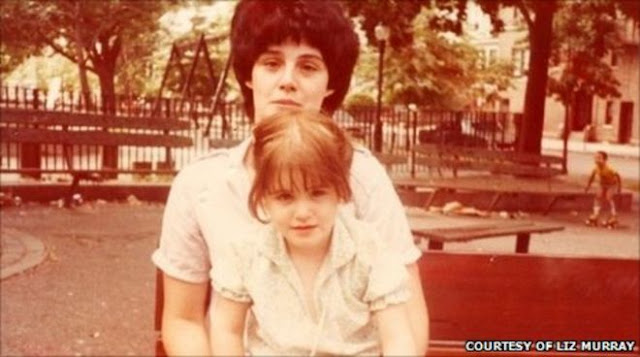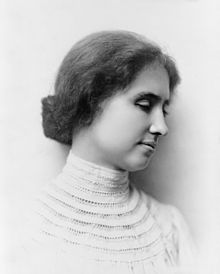Ben Underwood
the boy who could “see” with his ears
Ben Underwood was a remarkable teenager, who loved to skateboard, ride his bicycle and play football and basketball. For the most part, the Californian 14-year-old was just like other kids his age. What made Underwood remarkable was his ability to master these activities despite the fact that he was blind. Underwood had both eyes removed after being diagnosed with retinal cancer at age two. To most people's amazement upon meeting him, he seemed completely unfazed by his lack of sight, defying common stereotypes about blindness as a disability. So how did he do it? The answer is echolocation: the sonar navigation technique used by bats, dolphins, several other mammals and some birds. As Underwood moved about, he habitually made clicking noises with his tongue; these sounds bounced off surfaces and, with each return, added to Underwood's perception of his surroundings.
the boy who could “see” with his ears
Ben Underwood was a remarkable teenager, who loved to skateboard, ride his bicycle and play football and basketball. For the most part, the Californian 14-year-old was just like other kids his age. What made Underwood remarkable was his ability to master these activities despite the fact that he was blind. Underwood had both eyes removed after being diagnosed with retinal cancer at age two. To most people's amazement upon meeting him, he seemed completely unfazed by his lack of sight, defying common stereotypes about blindness as a disability. So how did he do it? The answer is echolocation: the sonar navigation technique used by bats, dolphins, several other mammals and some birds. As Underwood moved about, he habitually made clicking noises with his tongue; these sounds bounced off surfaces and, with each return, added to Underwood's perception of his surroundings.




Comments
Post a Comment